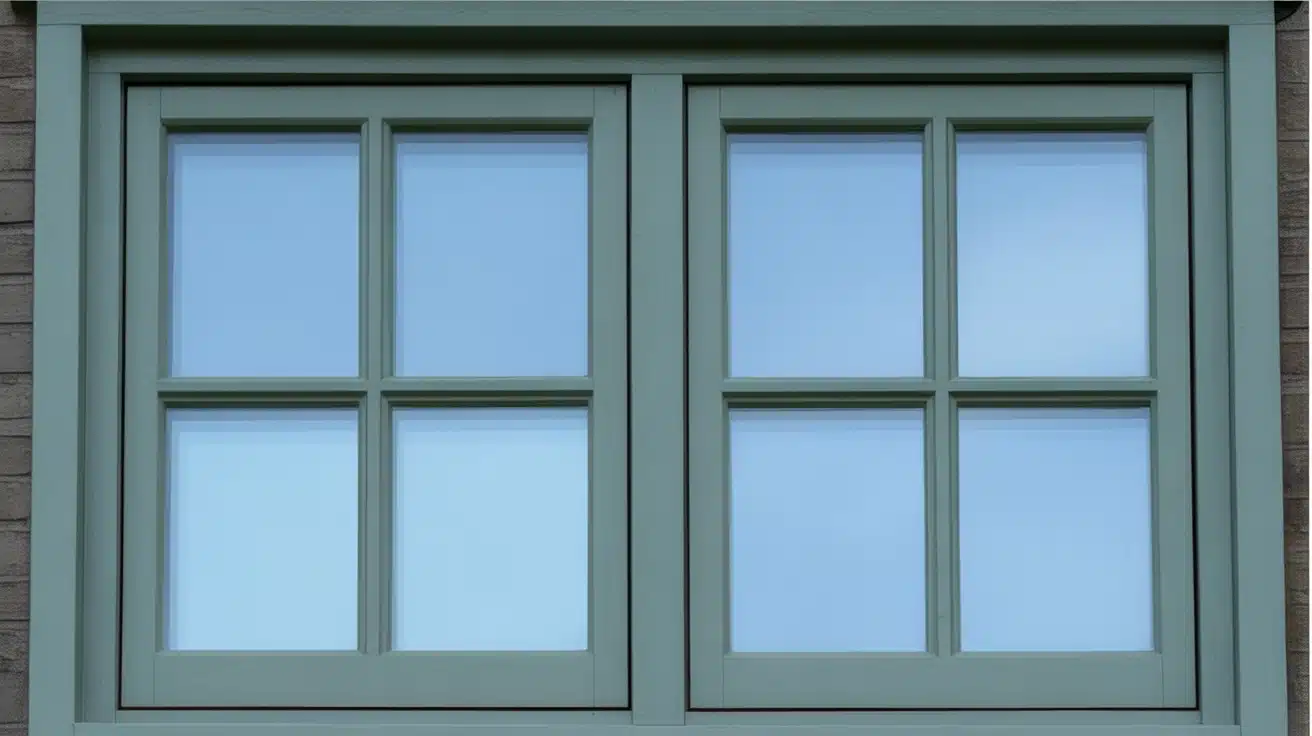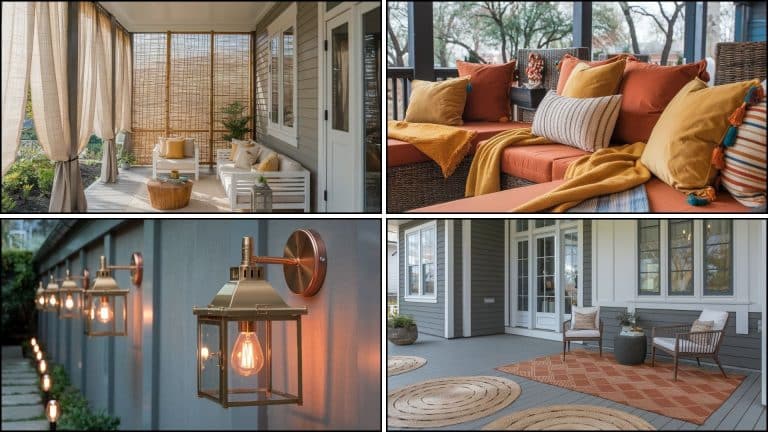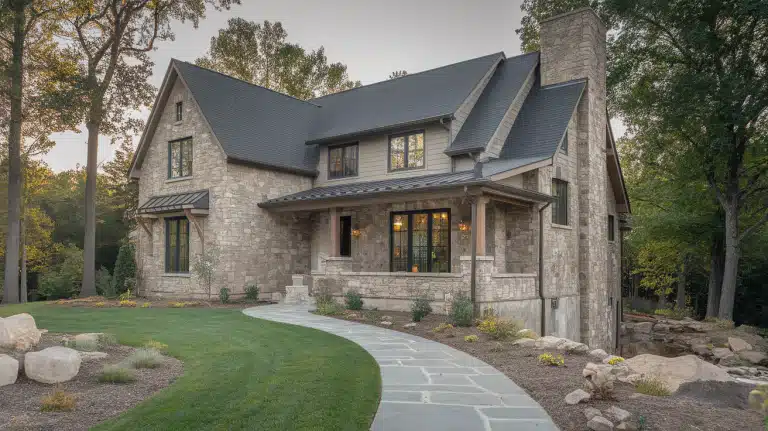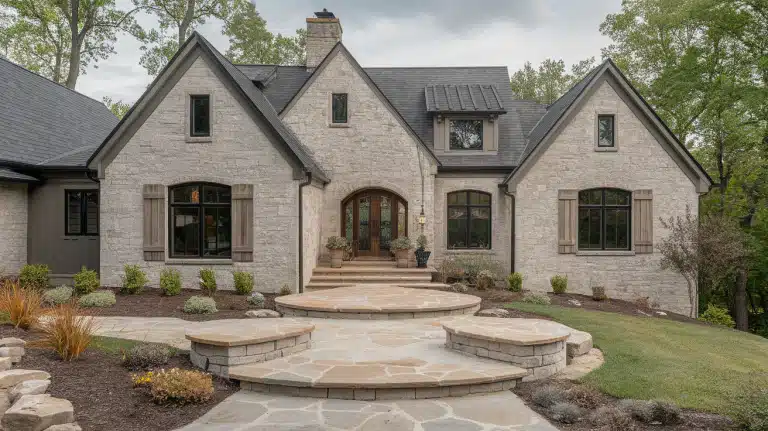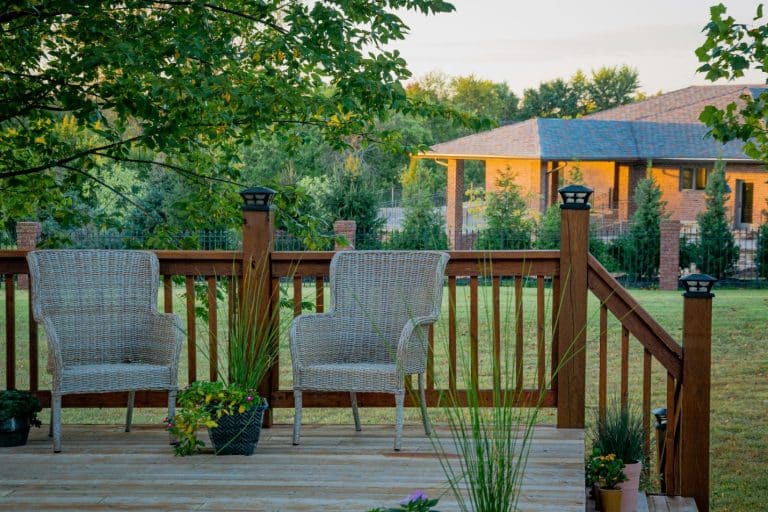What Is a Mullion and Its Purpose in Architecture?
Most homeowners and builders know that windows need frames, but many don’t realize the important role of mullions in modern construction.
These vertical and horizontal bars do much more than divide glass panels; they’re essential structural components that affect building stability and energy costs.
I see confusion about mullions all the time in construction projects. People assume they’re purely decorative or wonder if they can remove them to create larger openings.
The reality is that choosing the right mullion type can make or break your project’s success.
In this guide, I’ll explain what mullions are, help you choose between fixed and removable, and show you proper maintenance techniques. You’ll know how to make smart decisions for your next building project.
What Is a Mullion?
A mullion is a vertical or horizontal structural element that divides adjacent window or door units within a single frame.
Far from being purely decorative, mullions provide critical support by helping distribute the weight of glazing and upper building loads.
Historically, mullions were essential because large glass panes were difficult to produce; they held smaller glass pieces in place while maintaining structural stability.
Today, they continue to serve both functional and aesthetic roles in architecture. Mullions enhance the visual appeal of a building by creating clean divisions and architectural rhythm, while also supporting energy-efficient glazing systems.
Whether in residential homes or commercial facades, mullions remain indispensable in achieving both performance and design goals in modern construction.
Types of Mullions
Modern construction uses three main types of mullions, each serving different purposes. Understanding these variations helps in selecting the right option for specific applications.
1. Fixed Mullions
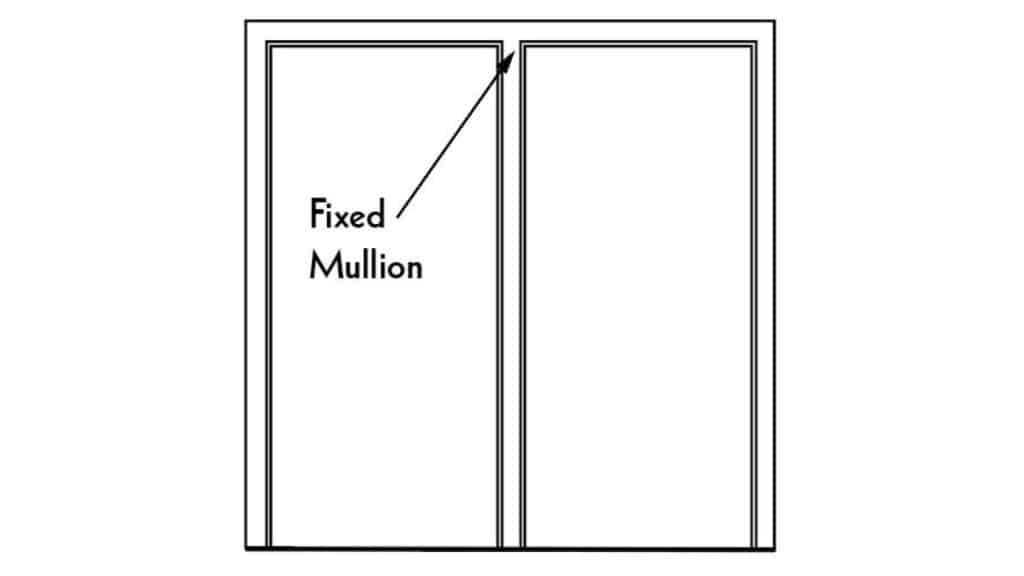
Fixed mullions are permanently installed between door leaves or window sections. These structural elements cannot be removed once installed. They provide constant support and maintain the integrity of the opening.
Fixed mullions work best in situations where permanent separation is required. Buildings with heavy glass panels rely on these mullions for structural stability. Most residential windows use fixed mullions because they rarely need removal.
Best Applications:
- Residential windows and doors
- Buildings with heavy glass panels
- High-wind areas require extra stability
- Historic buildings need a period-accurate appearance
- Security-focused installations
2. Removable Mullions

Removable mullions can be taken out to create wider openings when necessary. Special hardware allows these elements to be detached without damaging the frame. This flexibility makes them valuable in commercial settings.
Many office buildings and warehouses use removable mullions for practical reasons. Large furniture, equipment, or supplies can pass through once the mullion is removed. The mullion can then be reinstalled to restore the original configuration.
Common Uses:
- Office buildings and corporate spaces
- Warehouses and industrial facilities
- Event venues and conference centers
- Retail spaces requiring seasonal changes
- Emergency exit applications
Materials Used in Mullions
Mullion construction relies on various materials, each offering distinct benefits for different applications.
1. Wood: Wood mullions offer a traditional appearance that works well in residential settings. This natural material provides warmth and character to window and door designs. Wood requires regular maintenance, including cleaning and periodic refinishing to prevent weather damage.
2. Steel and Aluminum: Metal mullions provide exceptional durability and strength for demanding applications. Steel offers maximum structural support while aluminum combines strength with lighter weight. Commercial buildings commonly use metal mullions due to their longevity and minimal maintenance requirements.
3. Glass: Glass mullions create a sleek, minimalist appearance in modern building designs. These transparent elements maintain clean sight lines while providing structural division. Tempered or laminated glass ensures safety and durability in mullion applications.
Role of Mullions in Construction
Mullions serve multiple important functions in building construction. They provide structural support, visual appeal, and energy efficiency benefits.
1. Structural Support
- Weight Distribution: Distribute the weight of glazing and upper levels into the structure below.
- Load Transfer: Transfer loads safely through the building frame to prevent sagging or failure.
- Engineering Requirements: Must meet specific calculations for weight and wind loads.
2. Visual Division
- Facade Enhancement: Create visual breaks in large window sections, improving the building’s appearance.
- Scale and Proportion: Add proportion and scale to prevent overwhelming glass areas.
- Architectural Style: Provide specific patterns required for traditional and modern designs.
3. Energy Efficiency
- Glazing Integration: Allow for double or triple glazing systems, improving thermal insulation.
- Heat Transfer Reduction: Multiple glass layers trap air or gas between panes.
- Energy Performance: Help buildings meet energy codes and reduce operating costs.
While mullions play a critical structural and visual role in modern construction, they’re often mistaken for another window element—muntins. Let’s clear up the mess.
Mullion vs. Muntin: Understanding the Difference
Many people confuse mullions and muntins since both elements divide glass areas in windows and doors. However, these architectural features serve different purposes and operate at different scales.
| Aspect | Mullion | Muntin |
|---|---|---|
| Definition | Vertical or horizontal bars that divide entire window or door units into sections | Smaller strips that divide individual panes of glass within a window |
| Scope | Divides the entire opening | Divides individual glass panes within the opening |
| Size | Larger structural elements | Smaller decorative strips |
| Function | Structural support and major visual division | Decorative division of glass surfaces |
| Location | Between separate window or door units | Within a single window frame |
| Purpose | Support glass panels and create sections | Create patterns within glass panes |
| Structural Role | Load-bearing and structural | Primarily decorative |
Note: Mullions work on the macro level (dividing whole openings), while muntins work on the micro level (dividing glass within those openings).
This distinction helps when discussing window designs, renovation projects, or architectural planning. Both elements contribute to a building’s character, but knowing which term to use ensures clear communication with contractors and designers.
Keep Your Mullions Looking Great and Lasting Longer
Proper mullion care ensures long-lasting performance and attractive appearance. Follow these essential maintenance steps to keep your mullions in top condition.
1. Regular Inspection: Check your mullions every few months for cracks, rust spots, loose connections, and water damage. Early detection prevents costly repairs and maintains structural integrity.
2. Cleaning Methods: Different materials need specific care. Wood mullions require mild soap and water, then complete drying to prevent rot. Metal mullions need regular wiping and occasional polishing.
3. Repair Guidelines: Fix small issues quickly to prevent major problems. Fill cracks with appropriate caulk, sand smooth, and apply matching paint. Tighten loose screws and replace worn gaskets.
4. Seasonal Care Tips: Spring requires deep cleaning and ice damage checks. Summer needs sun damage inspection and paint touch-ups. Fall calls for debris clearing and protective treatments.
5. Professional Help: Contact experts for major damage, complex repairs, or high window safety concerns. Professional assistance ensures proper work and maintains warranties. Regular professional inspections complement your routine maintenance.
Conclusion
Understanding mullions gives you real power when planning construction or renovation projects. You can now make informed decisions about materials, choose the right type for your needs, and avoid common installation mistakes that cost money later.
The structural benefits alone – better load distribution, improved stability, and enhanced energy efficiency – make mullions worth considering for any building project. Add in their visual impact, and you have elements that truly earn their place in modern architecture.
Proper maintenance isn’t complicated, but it makes a huge difference in performance and longevity. A few minutes of seasonal care can prevent thousands in replacement costs.
Have questions about mullions for your specific project? Share your thoughts in the comments below – I’d love to help you make the right choice.
Frequently Asked Questions
1. Are Window Mullions Outdated?
No, window mullions are not outdated. They remain popular for structural support, energy efficiency, and adding traditional character to modern buildings.
2. What Is an Example of A Mullion?
Church windows with stone bars separating colored glass panels are classic mullion examples. Modern office buildings also use metal strips between large window sections.
3. What Is a Typical Mullion?
A typical mullion is a vertical wood, metal, or vinyl bar that divides windows into sections. Most residential windows use fixed mullions for structural support and visual appeal.

